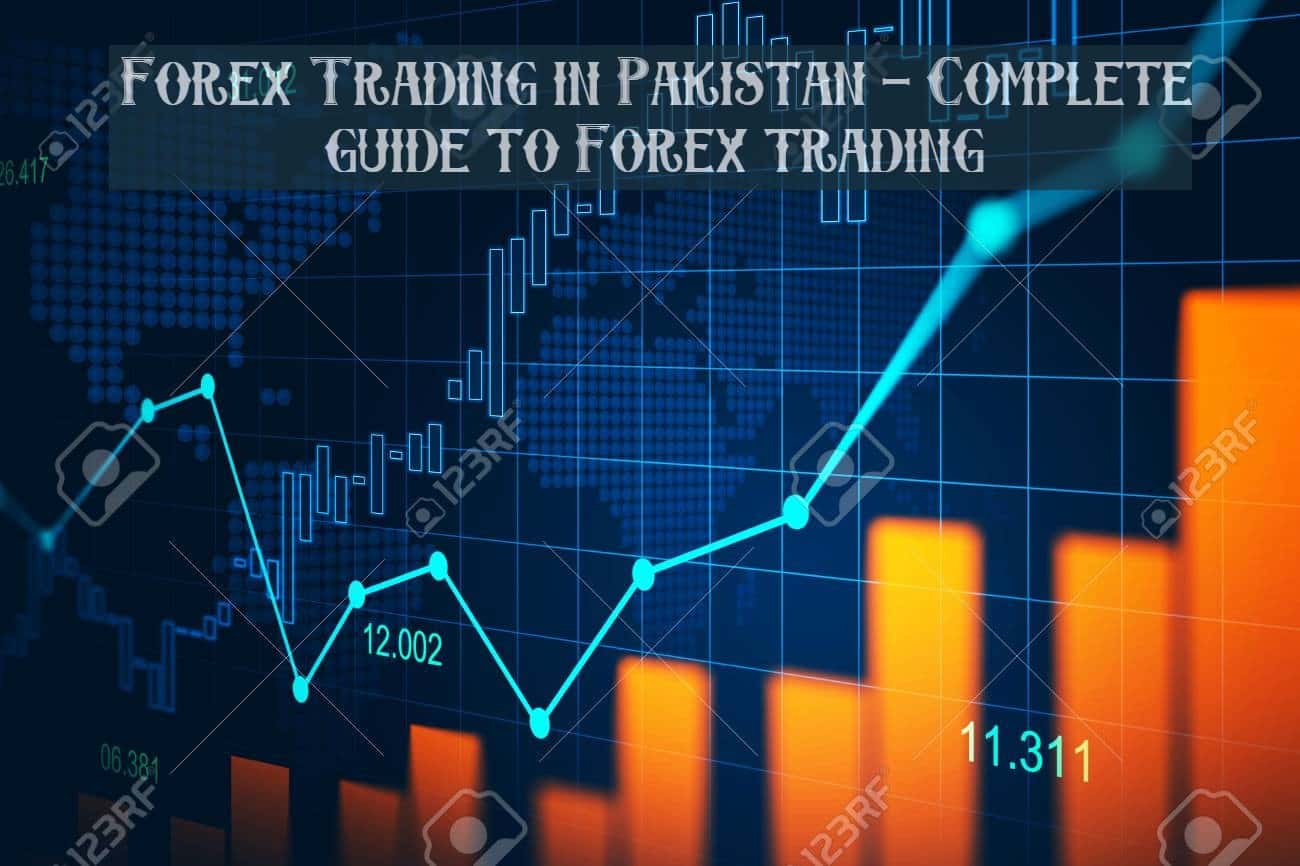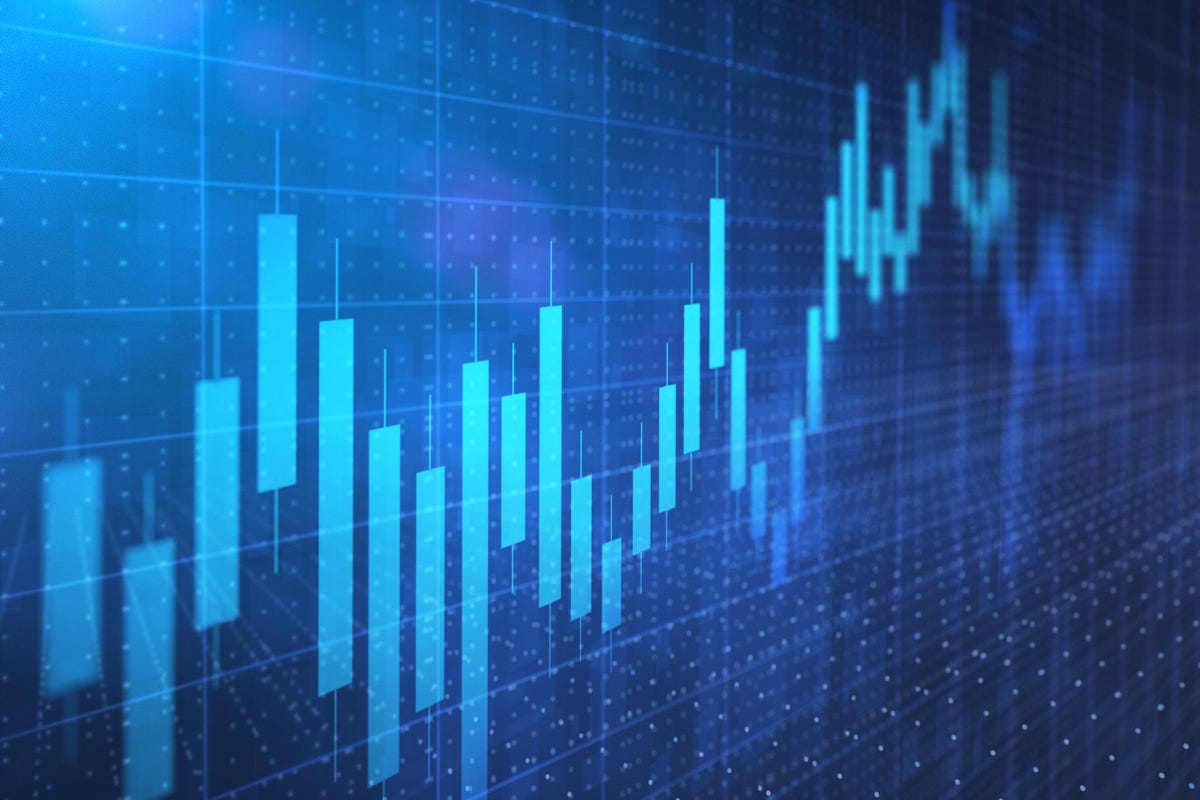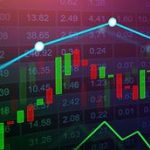Timing is Key: Understanding the Best Times to Trade EUR/USD
The EUR/USD is one of the most heavily traded currency pairs in the forex market. As a result, it is important to know the best times to trade it in order to maximize profits and minimize risks. In this article, we will discuss the best times to trade the EUR/USD and the factors that can affect its volatility.
Best time to trade eur usd
When is the Best Time to Trade EUR/USD?
The best time to trade the EUR/USD is during the overlap of the European and American trading sessions. This is when the market is most active and there is a high volume of trades being made. The European session starts at 2:00 AM EST and ends at 11:00 AM EST, while the American session starts at 8:00 AM EST and ends at 5:00 PM EST. The overlap of these two sessions is between 8:00 AM EST and 11:00 AM EST.
During this overlap, there is a significant increase in trading activity, which can lead to higher volatility and greater opportunities for profit. Traders should also be aware of any economic data releases during this time, as they can have a significant impact on the EUR/USD exchange rate.
Factors that Affect EUR/USD Volatility
There are several factors that can affect the volatility of the EUR/USD exchange rate, including:
- Economic Data Releases
Economic data releases can have a significant impact on the EUR/USD exchange rate. Traders should be aware of scheduled releases of economic indicators such as Gross Domestic Product (GDP), Consumer Price Index (CPI), and Non-Farm Payrolls (NFP). These releases can cause sudden spikes or drops in the exchange rate, creating opportunities for traders to profit.
- Central Bank Policy
Central banks can also affect the volatility of the EUR/USD exchange rate through their monetary policy decisions. The European Central Bank (ECB) and the Federal Reserve (Fed) are the two central banks that have the greatest impact on the EUR/USD exchange rate. Traders should pay close attention to any announcements or speeches made by the central bank officials, as they can provide valuable insights into the direction of monetary policy.
- Political Events
Political events can also have a significant impact on the EUR/USD exchange rate. Elections, geopolitical tensions, and changes in government policies can all affect the exchange rate. Traders should be aware of any major political events that could potentially affect the EUR/USD exchange rate.
Tips for Trading EUR/USD
- Use Technical Analysis
Technical analysis is a popular method of analyzing the forex market. It involves analyzing charts and using technical indicators to identify trends and potential trading opportunities. Traders can use technical analysis to identify support and resistance levels, trend lines, and chart patterns.
- Pay Attention to Economic Data Releases
As previously mentioned, economic data releases can have a significant impact on the EUR/USD exchange rate. Traders should be aware of the scheduled releases of economic indicators and pay close attention to any surprises or deviations from expectations.
- Monitor Central Bank Policy
Traders should also monitor the policy decisions of the ECB and the Fed. Changes in interest rates or other monetary policy measures can have a significant impact on the EUR/USD exchange rate. Traders should pay close attention to any announcements or speeches made by central bank officials.
- Use Risk Management Techniques
Forex trading can be a high-risk activity, so it is important to use risk management techniques to protect your trading capital. One of the most important risk management techniques is using a stop-loss order. A stop-loss order is an order to close a trade at a predetermined price in order to limit your losses.
EUR/USD Trading: When to Buy and When to Sell for Maximum Profit
The EUR/USD currency pair is one of the most popular pairs traded in the Forex market. It is also known as the “Euro-Dollar” and is represented as EUR/USD on trading platforms. As a trader, it is essential to understand the factors that impact the price movement of the EUR/USD and when to buy and sell the pair for maximum profits. In this article, we will discuss the key factors that affect the EUR/USD exchange rate and provide tips on when to buy and sell this currency pair.
Factors Affecting the EUR/USD Exchange Rate
Several factors can impact the EUR/USD exchange rate, including:
- Interest Rates: Interest rates are a key driver of the EUR/USD exchange rate. The European Central Bank (ECB) and the US Federal Reserve (Fed) both play a crucial role in setting interest rates for their respective economies. When interest rates rise in one country, the value of that country’s currency usually rises. This increase in value will make it more expensive to purchase goods from that country and will, therefore, decrease the demand for its currency.
- Economic Data: Economic data such as Gross Domestic Product (GDP), employment rates, and inflation can impact the EUR/USD exchange rate. Positive economic data such as an increase in GDP or a decrease in unemployment rates can strengthen the Euro and cause the EUR/USD exchange rate to rise.
- Political Factors: Political factors such as elections, trade agreements, and geopolitical tensions can also impact the EUR/USD exchange rate. Uncertainty surrounding political events can lead to a decrease in demand for a country’s currency, causing its value to decline.
- Risk Appetite: The EUR/USD exchange rate can also be impacted by changes in risk sentiment in the market. In times of uncertainty, traders tend to move towards safe-haven currencies like the US dollar, causing the EUR/USD exchange rate to fall.
When to Buy the EUR/USD Currency Pair
- When Interest Rates are Expected to Rise: As previously mentioned, when interest rates rise in a country, the value of that country’s currency usually increases. If you expect the ECB to raise interest rates, it may be a good time to buy the EUR/USD currency pair. However, it is important to note that interest rate decisions are difficult to predict, and unexpected announcements can cause significant volatility in the market.
- Positive Economic Data Releases: When positive economic data is released, it can lead to an increase in demand for the currency of the country. For example, if the Eurozone’s GDP increases, it may lead to an increase in demand for the Euro, causing the EUR/USD exchange rate to rise. In such scenarios, buying the EUR/USD currency pair may be a profitable strategy.
- Support Levels: Support levels refer to the price level where demand for the currency is high, causing the price to bounce back up. If the EUR/USD currency pair reaches a support level, it may be a good time to buy the pair. However, it is essential to confirm that the support level is holding and the price is bouncing back up before entering a trade.
When to Sell the EUR/USD Currency Pair
- When Interest Rates are Expected to Fall: If you expect the Fed to lower interest rates, it may be a good time to sell the EUR/USD currency pair. As previously mentioned, when interest rates decrease, the value of the country’s currency usually declines.
- Negative Economic Data Releases: Negative economic data releases can lead to a decrease in demand for a country’s currency. For example, if the Eurozone’s unemployment rate increases, it may lead to a decrease in demand for the Euro, causing the EUR/USD exchange rate to fall.





